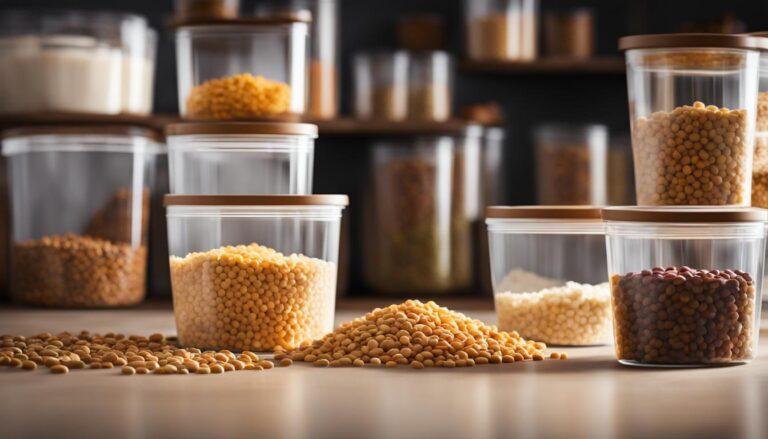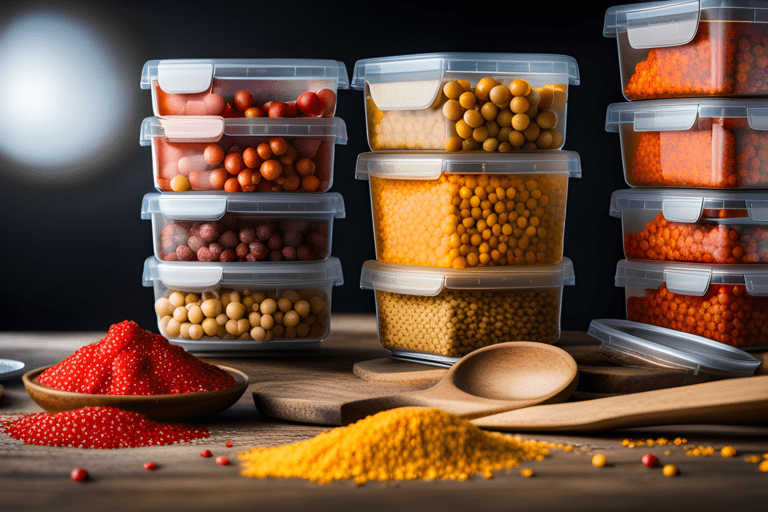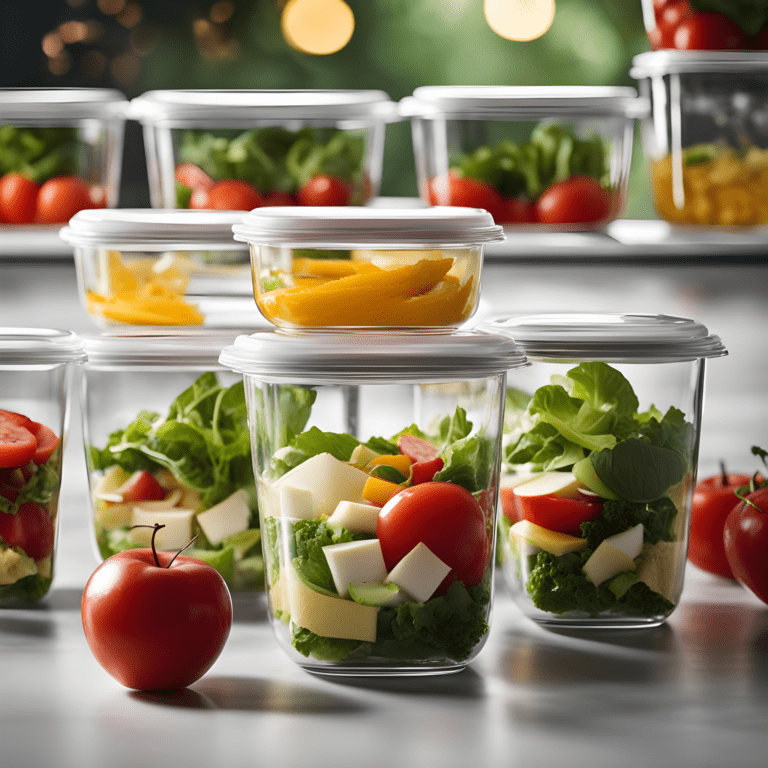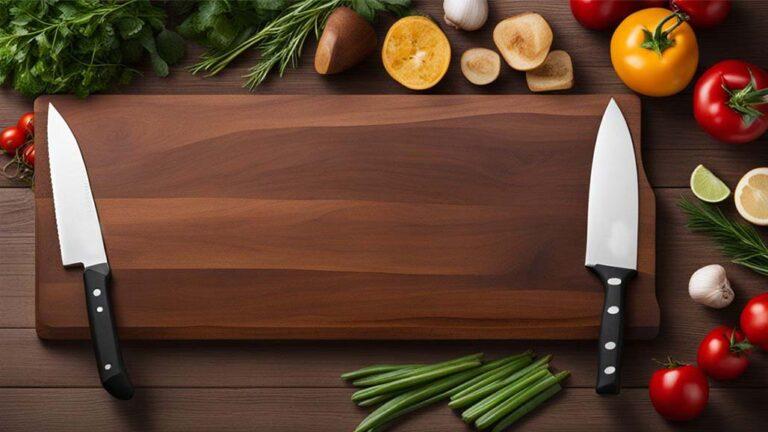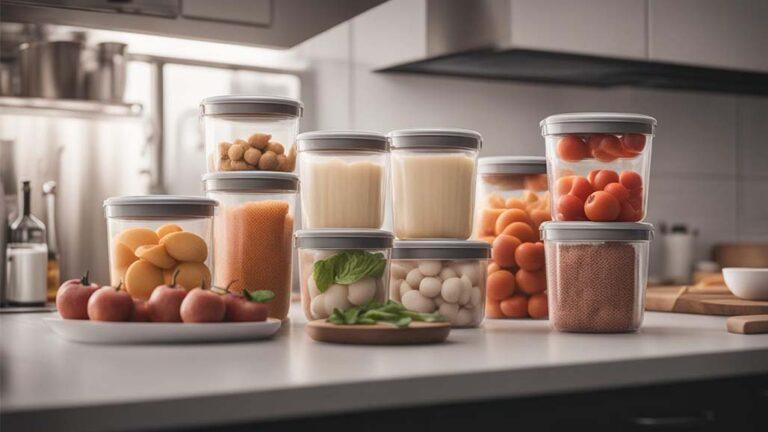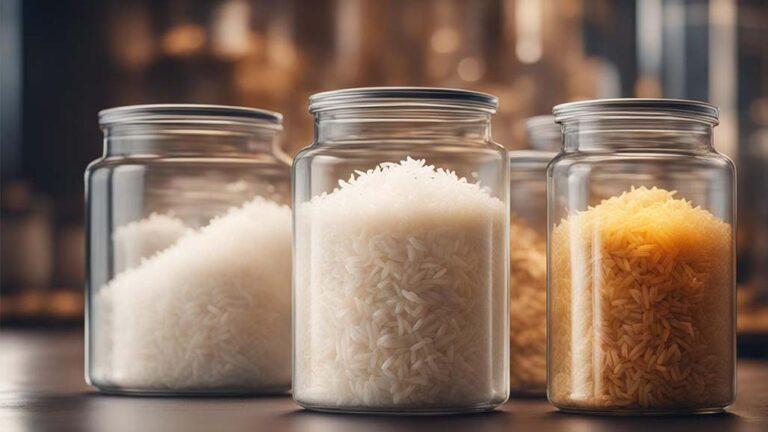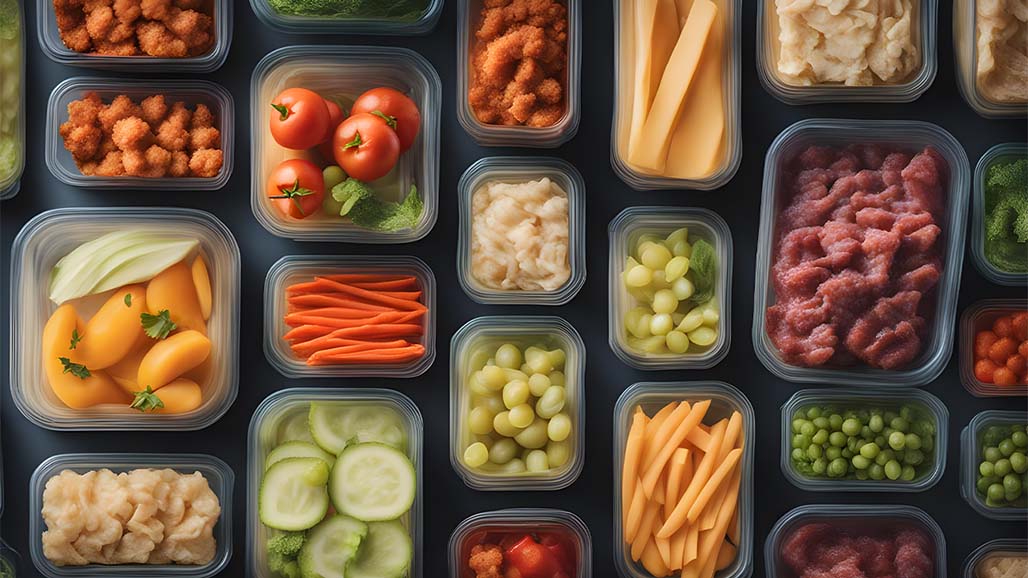
1. Introduction
Let’s start by realizing how crucial it is to select the best leftover containers. These inexpensive kitchen necessities are critical for living a more sustainable lifestyle, minimizing food waste, and saving money. The importance of appropriate food storage cannot be emphasized given that an estimated 1.3 billion tons of food are wasted annually worldwide.
Best leftover containers are your friends in the kitchen, whether you’re preserving leftovers from packing a lunch for work or planning your meals for the week. They are made of a variety of materials, including strong plastic, transparent glass, adaptable silicone, dependable metal, and environmentally friendly. There are countless options, but don’t worry we’re here to guide you through this storage of your food.
2. Types of best leftover Containers
Glass Containers
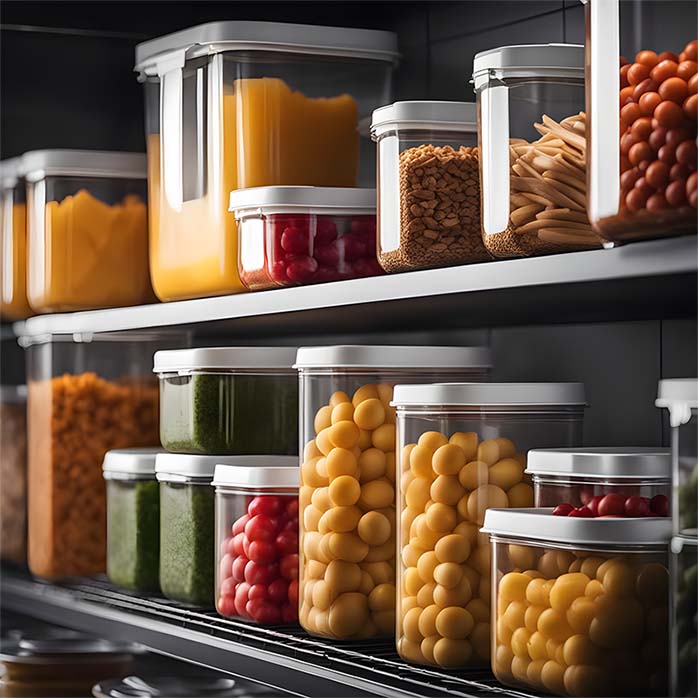
Glass containers are among the most adaptable options. They work especially well for keeping meats and fish fresh. Glass protects the integrity of your dishes by not absorbing odors or stains. These containers stand out because they can easily go from storage to an oven. They are oven-safe, which makes reheating simple. The Glass Lock container set, which comes in a variety of sizes and is equipped with sturdy Snap-on latches, is a great example.
Plastic Containers
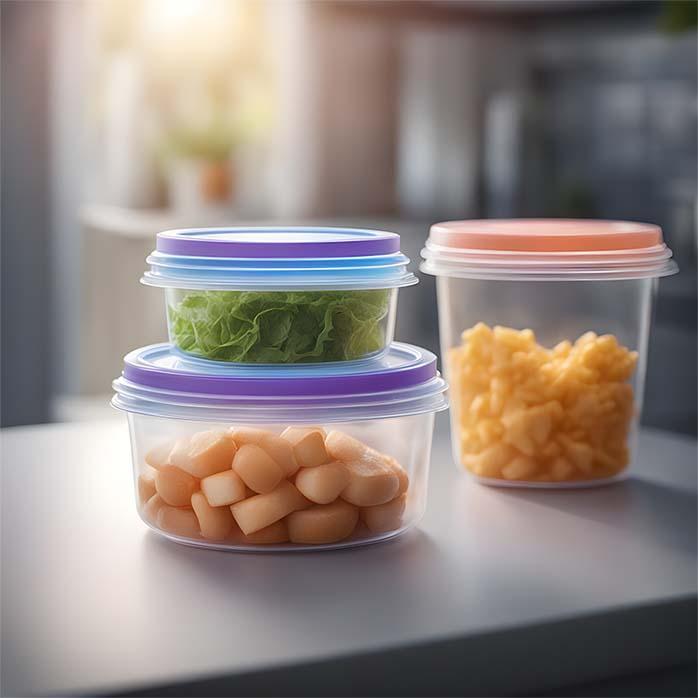
Plastic storage bins have long been a need in the kitchen. They are lightweight, reasonably priced, and available in a variety of sizes. Chris Morocco, the food director, is a fan of Glass Lock containers because of their dependability and adaptability. Everything from salad greens to spaghetti meals can be put in these containers.
Silicone Containers
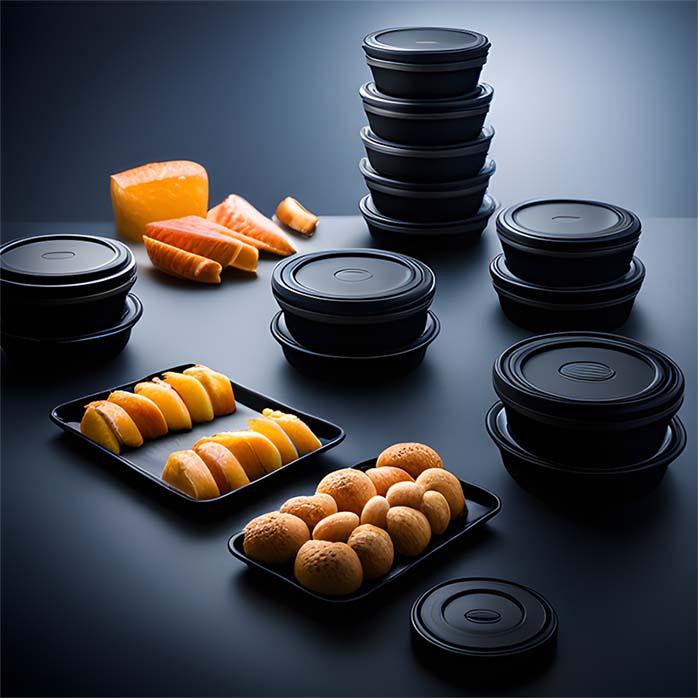
Foldable storage options are available with silicone containers. They’re an excellent space-saving option that’s ideal for people with little kitchen storage. Additionally microwave-safe, these containers are simple to clean. They might not, however, be as airtight as their glass or plastic equivalents.
Metal Containers
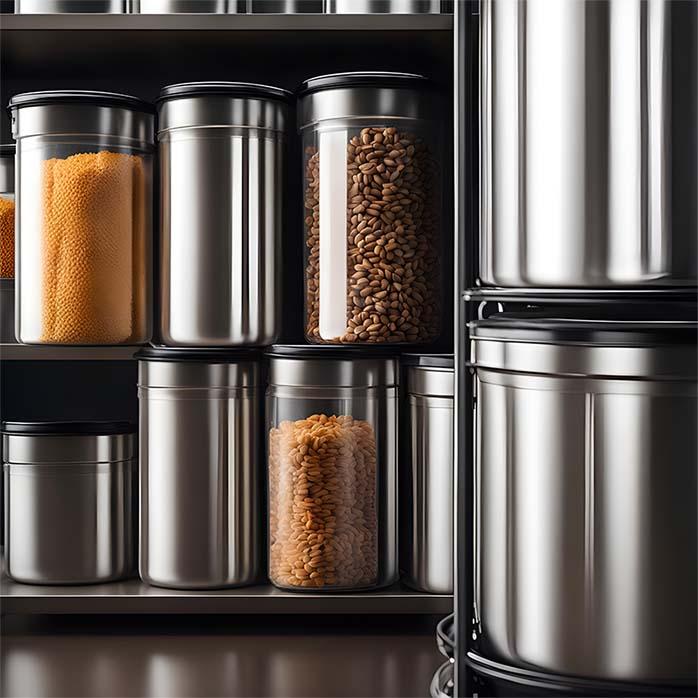
Metal containers, typically made of stainless steel, are prized for their durability and non-reactive properties. They are an excellent choice for acidic foods like tomato-based sauces. Metal containers can be a bit heavier than other options, but their longevity is worth the weight.
3. Features to Look for in best leftover Containers
After examining the various leftover container kinds, let’s examine the crucial factors to take into account when choosing one. The following characteristics can have a big effect on how well your containers work and function:
Airtight and Leak-proof Lids
Maintaining an airtight seal is one of the guiding principles of efficient food storage. Airtight containers reduce moisture loss, retain food freshness, and keep out air. Equally important are leak-proof lids, which guarantee that liquids and sauces stay contained and stop spills and messes in your refrigerator or lunch bag.
Freezer-Safe
Make sure your containers are freezer-safe if you intend to freeze leftovers. Frozen food’s worst enemy is freezer burn, which may be avoided with the right packaging. Look for containers that won’t get brittle or fracture when exposed to the freezing temperatures of your freezer.
Dishwasher-Safe
The importance of convenience extends to how you clean any unused containers. Dishwasher-safe containers help you clean up faster and with less effort. They can be cleaned up in the dishwasher so they are ready for the next round of work.
BPA-Free
BPA is a chemical commonly found in plastics. While BPA has raised concerns about its potential health effects, many manufacturers now produce BPA-free containers. Opting for BPA-free options ensures that your containers won’t leach harmful chemicals into your food.
Microwave-Safe
Pick containers that can be heated in the microwave for easy and rapid reheating. These containers are microwave heat resistant and won’t distort or leak dangerous substances. Just be sure to adhere to any manufacturer-provided instructions regarding microwave safety.
Stackable
Effective storage is essential, especially if your refrigerator or cabinet space is limited. Stackable containers fit together nicely, maximizing the space you have available. Look for containers that can be stacked easily and have compatible shapes and sizes.
4. Best Leftover Containers for Different Foods
You need containers for soups and stews that can hold both liquid and solid ingredients. Pyrex and other glass containers provide good choices. They are strong, heat-resistant, and flavor-resistant. To avoid spills, look for containers with tight-fitting, leak-proof lids.
Soups and Stews
You need pots that can hold both liquid and solid ingredients when it comes to soups and stews. Excellent options are Pyrex and glass containers. They are hardy, heat-resistant, and flavor-proof. In order to prevent spillage, search for containers with tightly-fitting, leak-proof lids.
Pasta Dishes
Rich sauces are frequently used in pasta recipes, which you don’t want to spill. Pasta can be stored in glass jars, such as those made by Oxo Good Grips. They are not porous and are stain-resistant. They keep your tasty pasta fresh with airtight sealing.
Meat and Fish
Glass jars sparkle once more for meats and seafood. Your dishes’ integrity will be preserved because they won’t absorb odors or stains. These containers are adaptable for both storing and cooking because they are safe to use in the oven.
Salads
Think about using Simple Houseware Leftover Containers for salads. These adaptable 28-ounce containers can resist temperature changes and are ideal for meal preparation. They are a desirable option because of their clear design, which lets you view the colorful salads inside.
Fruit and Vegetables
Containers with permeable designs are needed for storing fruits and vegetables. Produce is kept fresh to an exceptional degree by the glass containers and the plastic containers. Innovative innovations in these containers control humidity and extend the shelf life of your produce.
Snacks
The best leftover Containers are portable and made for ease when it comes to storing food. They are ideal for storing snacks for work, school, or picnics because they are freezer- and fridge-safe. Because these containers may be stacked, you can arrange your snack cabinet effectively.
5. Tips for Storing Leftovers Safely and Effectively
It takes more than the right containers to properly store leftovers and guarantee the durability and safety of the food. Here are some helpful hints for properly and safely storing leftovers:
Cool Leftovers Quickly
Your leftovers should be promptly cooled before being put in containers to prevent the formation of bacteria. To speed up cooling, divide large batches into smaller portions.
Store Leftovers in Airtight Containers
Use airtight containers to keep moisture and air out. Your leftovers’ flavor and quality are preserved as a result.
Label Leftovers with the Date and Contents
You may avoid the guessing game later on by simply labeling the item with the date and its contents. You’ll be aware of the exact time the leftovers were made and what is contained in each container.
Use Leftovers within 3-4 Days
While leftovers can be kept for longer in the freezer, it’s best to use up leftovers from the refrigerator within 3 to 4 days to maintain freshness and safety.
Heat leftovers to 165 degrees Fahrenheit inside and out.
To destroy any potential bacteria, reheat leftovers until they reach an internal temperature of 165 degrees Fahrenheit.
6. How to Organize Your Leftover Containers
Now that you’ve gathered a number of extra containers, it’s time to arrange them effectively:
Store Leftover Containers in a Dedicated Drawer or Cabinet
Set aside a specific kitchen drawer or cupboard for best leftover containers. Finding the appropriate container when you need it is made simpler by having a designated area.
Use Clear Containers
If possible, choose clear containers. Clear containers make it easy to identify what’s inside because you can see what’s inside without having to open them.
Stack Containers to Save Space
Stacking containers of the same size and shape will help you make the most of your storage space. In addition to saving space, this keeps your storage area organized.
Label Containers with the Date and Contents
Even when the containers are in storage, keep the labeling routine going. You will always be aware of what is within and when it was prepared thanks to this.
Recycle or Compost Unusable Containers
Containers may deteriorate or suffer damage over time. Don’t litter your space with useless containers; appropriately recycle or compost them.
7. Additional Considerations for Choosing the Best Leftover Containers
While the core aspects of choosing the best leftover containers have been covered, there are some extra factors that can improve your food preservation strategy. You can maximize the use of your containers and improve your overall kitchen experience with the help of these hints and insights.
Portion Control and Meal Planning
You can use leftover containers as your hidden weapon when it comes to meal planning and portion control. Using containers of various sizes can help you portion meals if you’re watching your diet or trying to reduce your calorie intake. This not only limits overeating but also makes meal preparation easier.
Buy a collection of containers with various capacities, from smaller ones for single servings to larger ones for family meals. By using this strategy, you may make meals in advance and guarantee that you’ll always have the proper portions on hand. It’s a straightforward but efficient method for keeping a healthy diet.
Versatility for On-the-Go Lifestyles
In today’s quick-paced environment, many of us lead mobile lifestyles. Having adaptable leftover containers can make life simpler when traveling, running errands, or simply commuting to work. Ensure that the containers you choose are portable.
If you intend to bring liquids or saucy foods with you, containers with tight-fitting, leak-proof lids are necessary. Additionally, a lot of contemporary containers come with sections that let you divide your meal into multiple parts, including the main entrée and the side dish. These divided containers are very useful for picnics or meals in the bento box style.
Consider purchasing microwave-safe containers as well. It saves time to be able to reheat food right in the container, especially when you’re away from home. Just keep in mind to adhere to microwave safety regulations to safeguard your safety.
Sustainable Materials and Practices
As sustainability becomes increasingly important, you may want to consider containers made from eco-friendly materials. Glass containers and stainless steel options are known for their longevity and recyclability. They are free from harmful chemicals and can last for many years.
When it comes to reusable food bags, look for brands that prioritize sustainability by using food-grade silicone or environmentally friendly materials. These bags are not only durable but also contribute to reducing single-use plastic waste.
In addition to using sustainable materials, consider your overall practices. Opt for containers that encourage reducing, reusing, and recycling. Some brands offer discounts for returning or recycling old containers, closing the loop on the product life cycle.
Creative Storage Solutions
The way you store your leftover containers can have a significant impact on your kitchen’s efficiency and organization. Here are some creative storage solutions to consider:
- Pull-Out Shelves: Pull-out shelves can be a game-changer if you have deep cabinets. They allow you to access containers from the back of the cabinet without having to remove the front ones.
- Container Racks: Container racks or caddies are designed to hold containers and lids vertically, like files in a filing cabinet. This design not only saves space but also ensures that containers are easily accessible.
- Magnetic Solutions: Some containers come with magnetic lids, making them stackable and easy to store on metal surfaces like the side of your fridge. This eliminates the need for dedicated cabinet space.
- Dedicated Cabinet: If you have ample cabinet space, consider dedicating an entire cabinet or shelf to your leftover containers. This can streamline your storage and make the most of available space.
The Evolving Landscape of Leftover Containers
The world of leftover containers is continually evolving, driven by advances in materials, manufacturing processes, and sustainability concerns. In recent years, there has been a growing focus on creating containers that are not only functional but also environmentally responsible.
Many companies are exploring innovative materials that are biodegradable, compostable, or made from recycled sources. These eco-conscious options are designed to reduce the environmental impact of food storage. Keep an eye out for emerging technologies and materials that may shape the future of leftover containers.
Additionally, as smart technology infiltrates every aspect of our lives, it’s not surprising that it’s found its way into the kitchen. Some modern containers come equipped with tracking features that allow you to monitor food freshness and expiration dates through smartphone apps. While this technology is still in its infancy, it hints at exciting possibilities for the future.
| Pros | Cons |
|---|---|
| Food Preservation: The best leftover containers help preserve the flavor, quality, and safety of your food, reducing food waste. | Initial Investment: High-quality leftover containers may come with a higher initial cost. |
| Convenience: Leftover containers make meal prep and on-the-go dining more convenient. | Limited Lifespan: Even the best containers have a finite lifespan and may need replacement over time. |
| Eco-Friendly Options: Reusable food bags and eco-conscious container materials contribute to a more sustainable lifestyle. | Storage Space: Storing containers can be a challenge if you have limited kitchen space. |
| Variety: With various types and sizes available, there’s a perfect leftover container for every food item. | Maintenance: Containers require regular cleaning and maintenance to ensure longevity and food safety. |
| Safe Storage: Proper containers and practices ensure food safety and prevent contamination. |
8. Conclusion
In the world of culinary delights, leftovers have their special place. They offer a taste of nostalgia or a shortcut to a delicious meal. Choosing the best leftover containers is essential to fully enjoy the benefits of leftovers. Whether you opt for versatile glass containers, lightweight silicone options, or eco-friendly, your choice plays a significant role in preserving the freshness and flavor of your meals.
Remember to consider key features like airtight seals, freezer and microwave compatibility, and dishwasher-safe designs. Tailor your container selection to the specific needs of different foods, from soups and stews to salads and snacks. By following proper food storage practices and organizing your containers effectively, you’ll not only reduce food waste but also simplify your kitchen routine. So, read the points then choose the best leftover containers for your needs

